Everything on model trains, model railroads, model railways, locomotives, model train layouts, scenery, wiring, DCC and more. Enjoy the world's best hobby... model railroading!
Build Smart: Why Modular Model Train Layouts Might Be Your Best Move
Build Smart: Why Modular Model Train Layouts Might Be Your Best Move
If you love model trains but don’t have the space, time, or patience for a massive, permanent layout, a modular approach might be the perfect solution. Modular train layouts are built in sections, which means you can create your railroad empire one piece at a time, and rearrange it whenever inspiration strikes.
They’re flexible, portable, and easier to manage than a full-size build. But they also come with a few quirks that can trip you up if you’re not prepared. So, let’s look at the pros and cons, followed by the 7 biggest mistakes to avoid (some of which I’ve made myself).
Why Go Modular?
1. Flexibility
This is the number one reason hobbyists go modular. Each module is like its own mini-layout, so you can experiment freely. Want a mountain next to a city yard? Easy. You can swap sections or expand your layout whenever you like.
2. Portability
Moving house or attending a show? No problem. Modular layouts are designed to come apart and travel easily. That’s a major plus if you don’t want your spouse glaring at a ten-foot freight yard taking over the living room!
3. Manageable Workload
Building in sections makes the process less overwhelming. You can focus on detailing one part, learn as you go, and celebrate small victories along the way.
4. Easier Repairs and Upgrades
If something breaks, you don’t need to dismantle your entire railroad. Just remove the affected module, work on it at your bench, and pop it back in place.
A Few Downsides
Connection Challenges – Getting track joints perfectly aligned between modules can be tricky. Even a millimeter off and you’ll have derailments galore.
Storage Needs – You still have to store the unused sections, and some modules can be bulkier than you expect.
Uniformity Limits – If you plan to connect with others at clubs or shows, you’ll need to follow their standards for height, track position, and wiring.
7 Big Mistakes to Avoid When Building Modular Train Layouts
- Not Planning for Interconnection – Always plan how your modules connect: track alignment, wiring, and scenery transitions.
- Ignoring Standards – If you ever plan to exhibit, follow club specs or your module might not fit.
- Making Modules Too Big or Heavy – Stick to 2–4 feet in length for easy handling.
- Skipping Test Fits – Always test alignment before gluing or screwing parts permanently.
- Overcomplicating the Wiring – Keep wiring neat, labeled, and standardized.
- Weak Framing – Each module should be rigid and well-braced to prevent flexing or warping.
- No Transport Protection – Add handles, protect scenery, and use transport boxes if you’ll move them often.
Smart, Flexible Model Train Modular Layouts
Modular model railroading is a smart, flexible way to enjoy the hobby without the stress of committing to one giant layout. It’s easier to move, upgrade, and store… and it keeps the fun alive as you grow your railroad over time.
Just plan ahead, stay organized, and avoid those common mistakes. You’ll have a layout that’s not only fun to build but easy to take wherever your hobby takes you.
👉 Download your free Model Builders Catalog today: https://www.modelbuildings.org
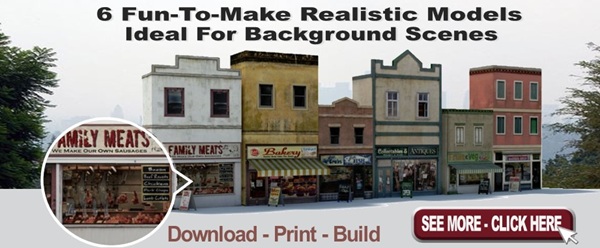






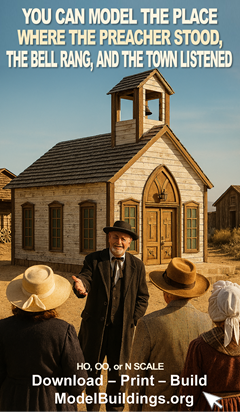
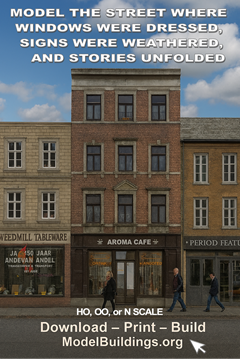
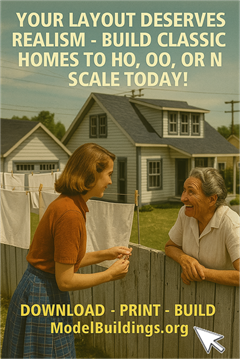
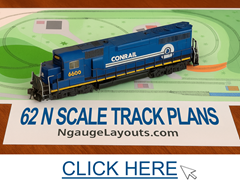
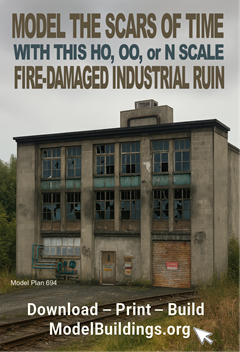
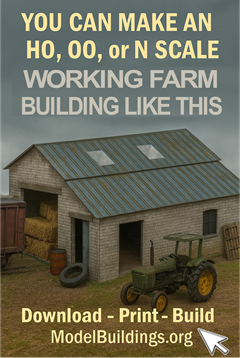
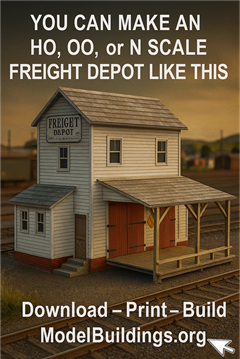
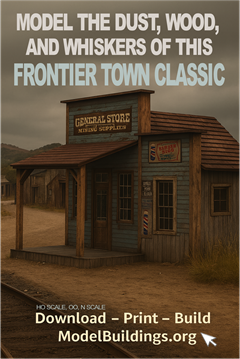
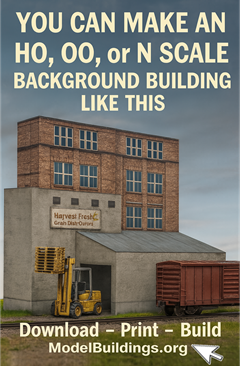
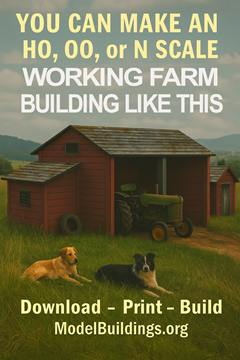

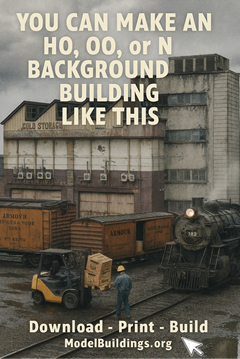
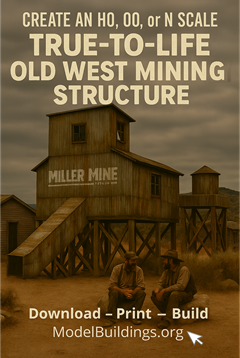
Leave a Reply